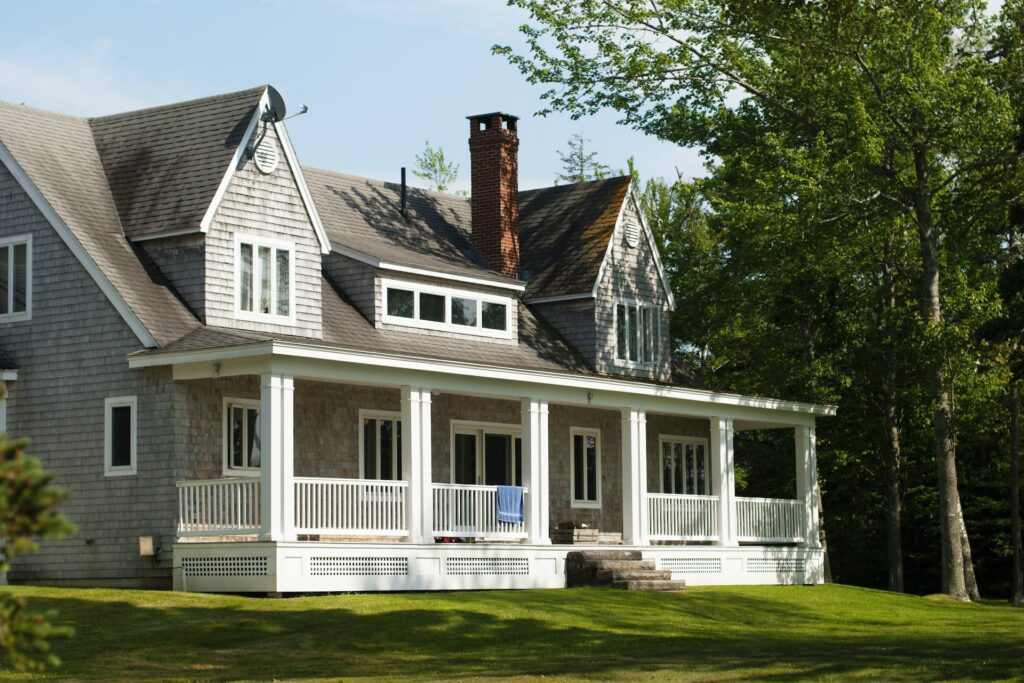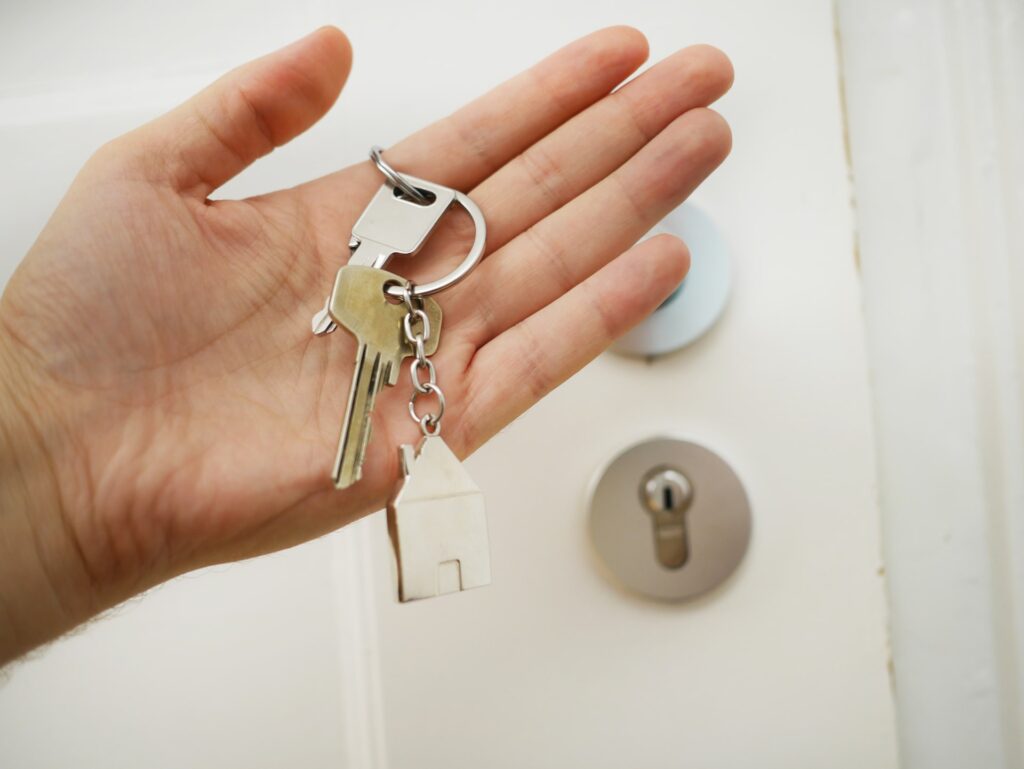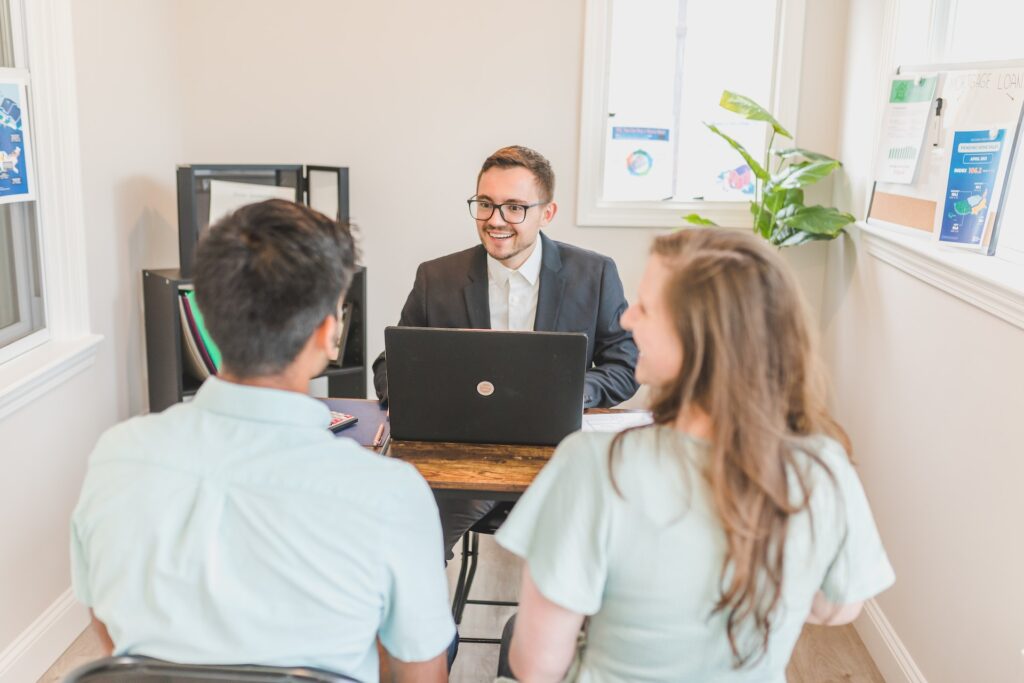
Real estate is a highly popular investment area among new and seasoned investors who want to add assets to their portfolios that will deliver regular returns. If you’re interested in buying an investment property, there are many strategies you can use to complete the transaction. For instance, you could pay for 50% of the property with the remaining 50% being provided by a lender.
You could also choose to invest in the property via a real estate investment trust, which pools together money from many individual investors to buy real estate. Likely the simplest option to purchase an investment property is to buy it outright with cash, which avoids the entire lending process.
You could also choose to buy an investment property with no money down. Purchasing an investment property with no money down is a common investing solution. This guide provides you with a closer look at how you can buy investment properties without making a sizable down payment.

Is it Even Possible?
It’s definitely possible to buy an investment property with no money down. While there are numerous strategies you can employ to achieve this goal, not every strategy has the same level of risk to it.
What Does it Mean to Buy Investment Properties with No Money Down?
When investors, buyers, and flippers buy properties without making a down payment, it means that they’re going through with this purchase without placing much or any of the assets they have into the initial property costs. Investors tend to use this strategy in the belief that the property will have a better ROI when less of their money is used to make the purchase. The various investment strategies that are available to these investors include:
- Obtaining a hard money loan
- Being a landlord and resident with a multi-unit property
- Searching for a lease purchase solution
- Assuming a preexisting mortgage
- Finding seller financing
- Leveraging existing home equity to purchase a property
- Partnering with a co-borrower
- Making the primary residence a rental before purchasing a new home
While cash does need to be provided with any real estate investment, using the right strategy means that you can go through with the purchase without the money coming out of your savings account. If your savings are currently low, real estate investing remains open to you.
Buying Investment Properties Often Requires Money and Skill
Investing in real estate usually requires a considerable amount of skill and money. While it’s possible to place a few hundred dollars in an index fund, this solution is only viable for certain types of properties. If you want to invest in a rental property, you’ll need more money and skills in order for the investment to be a successful one.
You Already Own a Primary Residence
If you already own a primary residence, the following strategies will allow you to invest in a property without putting any of your own money into the initial purchase.

1. Get a HELOC
The first option you can choose is to obtain a home equity line of credit (HELOC). Once you’ve built up around 15-20% of equity in your home, you’ll be able to apply for a HELOC.
If the amount that you’re approved for is high enough, you may be able to purchase the entirety of the property outright. You could also use the money you receive from the HELOC to make a sizable down payment.
2. Do a Cash-out Refinance
Another method that you can use if you have built up around 20% equity in your home is to apply for a new mortgage that amounts to more than you currently owe. This option is a cash-out refinance. The extra money from this loan can be used to make a down payment or purchase an additional property outright.
3. House Hack
You should consider renting out your home as well, which is referred to as house hacking. This solution allows you to rent out one room to a single individual or several rooms to a family. You could use some of the money to rent an apartment yourself or live somewhere else while you rent out your home.
4. Assume the Seller’s Mortgage
Even when a seller isn’t willing to finance their property, you could still speak with them about the possibility of purchasing their property with no money down by assuming their mortgage. In this situation, you would take control of the seller’s mortgage and make the necessary payments when they’re owed each month. You’ll also be tasked with paying the difference between the original loan amount and the outstanding amount that needs to be paid.
5. The BRRRR Method
This solution requires you to pay some up-front cash. However, you’ll get this money back eventually. It’s known as the BRRRR method, which involves buying, renovating, renting, refinancing, and repeating. let’s say you purchase a fixer-upper property with a standard purchase-rehab loan that requires a down payment. From here, you’ll renovate the property with the money from the purchase-rehab loan.
Once the renovations are complete, you’ll refinance the property through a long-term landlord loan, after which your initial cash payment will be given back to you. The landlord loan is provided to you based on the after-repair value that’s affixed to the property. If you’ve created enough equity in the property, you’ll be able to take some cash out during the refinance, which can be used to cover the down payment.
If you’re unable to obtain enough money to make the original down payment, consider using the other strategies in this guide to start the BRRRR method. While every investor loves the possibility of investing in a property with 100% financing, you should know that the BRRRR technique is ideally suited to experienced investors because of the higher risk.
6. Negotiate a Seller-held Second Mortgage
Let’s say that you’re able to find a lender who will provide you with enough money to cover around 80% of the property’s purchase price. However, you might not have enough money to pay for the remaining 20% of the purchase price.
In this scenario, you could effectively borrow money from the seller to finance the purchase. Keep in mind, however, that not every lender allows this practice. If you’re interested in this strategy, it involves negotiating with the seller to provide you with a second mortgage.
7. Collateral-based Lenders: Flexible on Fund Sources
FHA and conventional lenders will only provide loans to borrowers who meet certain rules and regulations. For instance, these lenders may not allow you to borrow money from a seller or another individual to help you purchase an investment property with no money down.
Not every lender will have issues with this tactic. Hard money lenders and landlord lenders usually lend money based on the property instead of the borrower, which means that they won’t care where your money comes from.
The main problem with this approach is that they lend at lower loan-to-value ratios, which means that a large down payment of 20% or more is needed. If you don’t have enough savings to cover this down payment, look to other sources to borrow money. These sources include everything from your friends and family to the seller and personal loans.
8. Gap Lenders
Gap lenders focus almost entirely on covering the down payment for real estate investments. These lenders will take the second lien position behind the main lender. However, this is a high-risk position, which is why some gap lenders charge extremely high fees and interest.
Other gap lenders cover the risk they’re taking on without charging interest or placing a lien on your property. Instead, they will obtain partial ownership in the property if you ask them to cover some or all of the down payment. This option should only be considered if you’re unable to make a down payment with the other solutions in this guide.
You Don’t Already Own Property
There are also a few options available to you even if you don’t own a property, the primary of which include seller financing and investing with a partner.

1. Seller Financing
Seller financing occurs when an owner sells their home directly. Instead of a mortgage company or bank, this individual will act as the lender. Let’s say that you’re renting a home at the moment. You could consider asking the landlord if they’re interested in selling the home to you. In the event that you’ve made all of your rent payments on time, the landlord would know that you have the financial means of going through with the transaction.
A real estate attorney could then write a promissory note that’s used instead of a mortgage. This note contains the terms of the transaction. A down payment of 10% or less might be required. The remaining balance on the owner’s mortgage would need to be paid off in around five years.
2. Wholesale
The second option you can use involves wholesaling, which is comprised of identifying and purchasing off-market properties before selling them to investors for a profit. You would keep the difference between the price you purchased the home for and the price it’s sold for to an investor.
3. Get a Partner
Even if you don’t own a property, you could invest in real estate with a partner. If you know how to search for properties, you could come to an agreement with your partner wherein you identify the right property, find tenants, and manage the property. Your partner would provide the down payment that’s needed to purchase the property. The profits would then be split between the two of you.
There are several obstacles when purchasing investment property because of the low supply and consistently high prices that are present in today’s market. Despite these challenges, real estate investing typically pays off and will allow you to obtain consistent returns. While buying investment properties with no money down is challenging, it’s not impossible.